Turning the Tide: A Young Manager’s Journey to Revitalize an Underperforming Project in South Sudan
hen I landed in Kuajok, Warrap State, South Sudan, in March 2015, I had no idea what awaited me. The project I was stepping into, funded by the World Bank, was meant to improve local governance and service delivery. However, instead of having a project ready to launch, I faced many problems. It was months behind schedule, underperforming, and the team I was inheriting seemed just as lost as the project itself.
As a young manager with little field experience in a place like South Sudan, the pressure was intense. To make matters worse, I had no laptop, proper induction, and little information on the work so far. The first quarterly report was fast approaching, and there was nothing to report. The task seemed insurmountable, and I felt the weight of everyone’s expectations resting on my shoulders. But panic wasn’t an option. I knew I had to find a way to turn things around.
I drew on lessons from my previous job with the Norwegian Refugee Council, where I worked under an extraordinary manager, Patrick Sikana. Patrick’s leadership was all about empowering teams, fostering creativity, and maintaining a laser focus on results. His guidance shaped much of my thinking and was the foundation I leaned on in those early days.
The Cold Wake-Up Call
It wasn’t long before I got my first real shock. In a meeting with my supervisor, she told me bluntly, “Alex, I know you’re new, but here, it doesn’t matter how well you do the activities or achieve the targets. No one cares about your deliverables if your budget burn rate is low. You need to spend the budget, and you need to do it quickly.”
That hit me hard. With a budget of $500,000 for community-based planning but nothing much to show for it, I realized we had to act fast. The reality was that the budget wouldn’t burn itself out without profound changes.
Embracing the Local Context
South Sudan was challenging, to say the least. Its seasonal rains made roads impassable, and the only time to execute plans effectively was during the dry season. Knowing we had a limited window before the rains hit, I focused all my energy on community engagement in the dry season. We would have to make it count, and I needed the team to be ready.
We made a few crucial decisions. First, we rented vehicles to help us get around, and we even bought motorcycles to cover remote areas. We involved local government staff in our activities to ensure the community didn’t just participate but felt empowered. This wasn’t just about ticking boxes; it was about making lasting connections that would ensure the success of our plans long after we left.
Building a Team That Could Deliver
The next step was building a team that could match the level of commitment I needed. At the time, my project had only two officers, a driver and me. So, I hired seven community mobilizers passionate about the project and committed to its success. Everyone had a clear role, and I ensured every activity had a detailed work plan with measurable targets.
But beyond just building the team, I knew procurement in South Sudan was slow. So, I created a procurement plan that worked in sync with our schedule and pushed for monthly financial reports to track our spending. We couldn’t afford to waste time, and we couldn’t afford to leave things to chance.
Fostering a Culture of Innovation
As the project manager, I had to lead by example. Even though I didn’t speak the local language, I led some of the community-based planning sessions with the help of local translators. I frequently brought the team together to reflect on our progress and tackle challenges head-on. Those team meetings became a place to share ideas, find solutions, and celebrate our small victories.
Creativity and innovation became the driving forces behind our success. The team developed a reporting template that streamlined our processes and became the standard for others in the organization. The results-tracking system we developed was later adopted by the organization.
The Turnaround
By the end of that first year, everything had changed. Our project was no longer a burden; it was a success. We met all our targets, and the donor took notice, granting us a two-year extension. The momentum we built in that first year set the stage for even more remarkable achievements in the years to follow.
Looking back, I realize that turning things around wasn’t about working harder; it was about working smarter. It was about understanding the local context, being strategic with resources, and, most importantly, creating an environment where my team felt empowered and supported.
The Lesson
For those climbing the management ladder, my experience taught me that leadership isn’t just about directing people—it’s about building trust, fostering creativity, and knowing when to push the team and when to pull back. Success doesn’t come overnight, but with the right approach and a committed team, even the most underperforming projects can become resounding successes. It’s not the challenges you face but how you rise to meet them that defines you as a leader.
South Sudan was tough, but it also became one of the most rewarding experiences of my career—one that shaped me as a leader and gave me lessons that I continue to carry with me today.

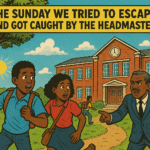

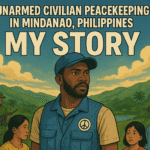
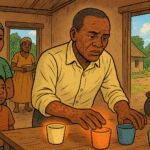
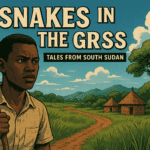
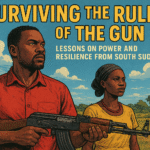
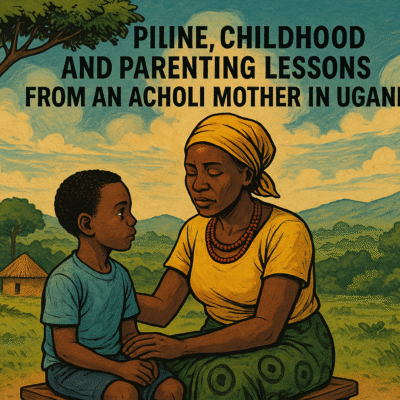
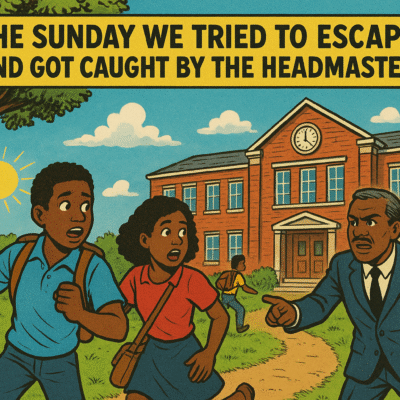
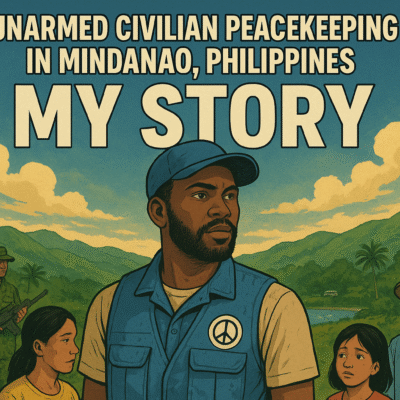

This is awesome !